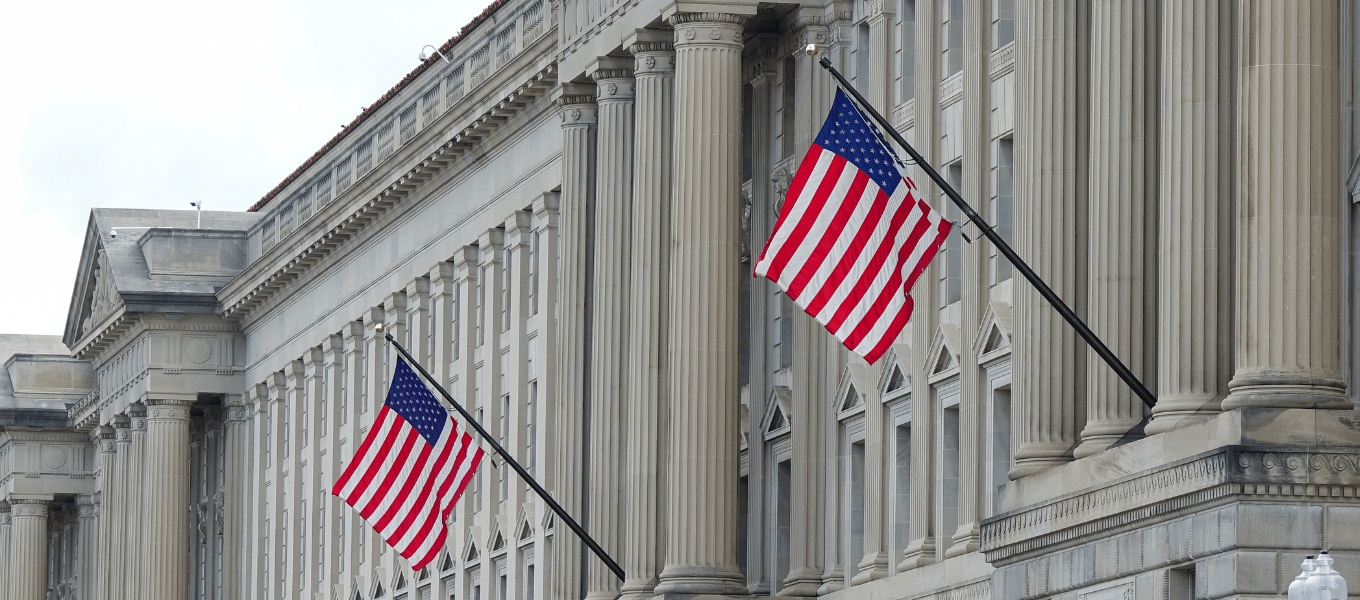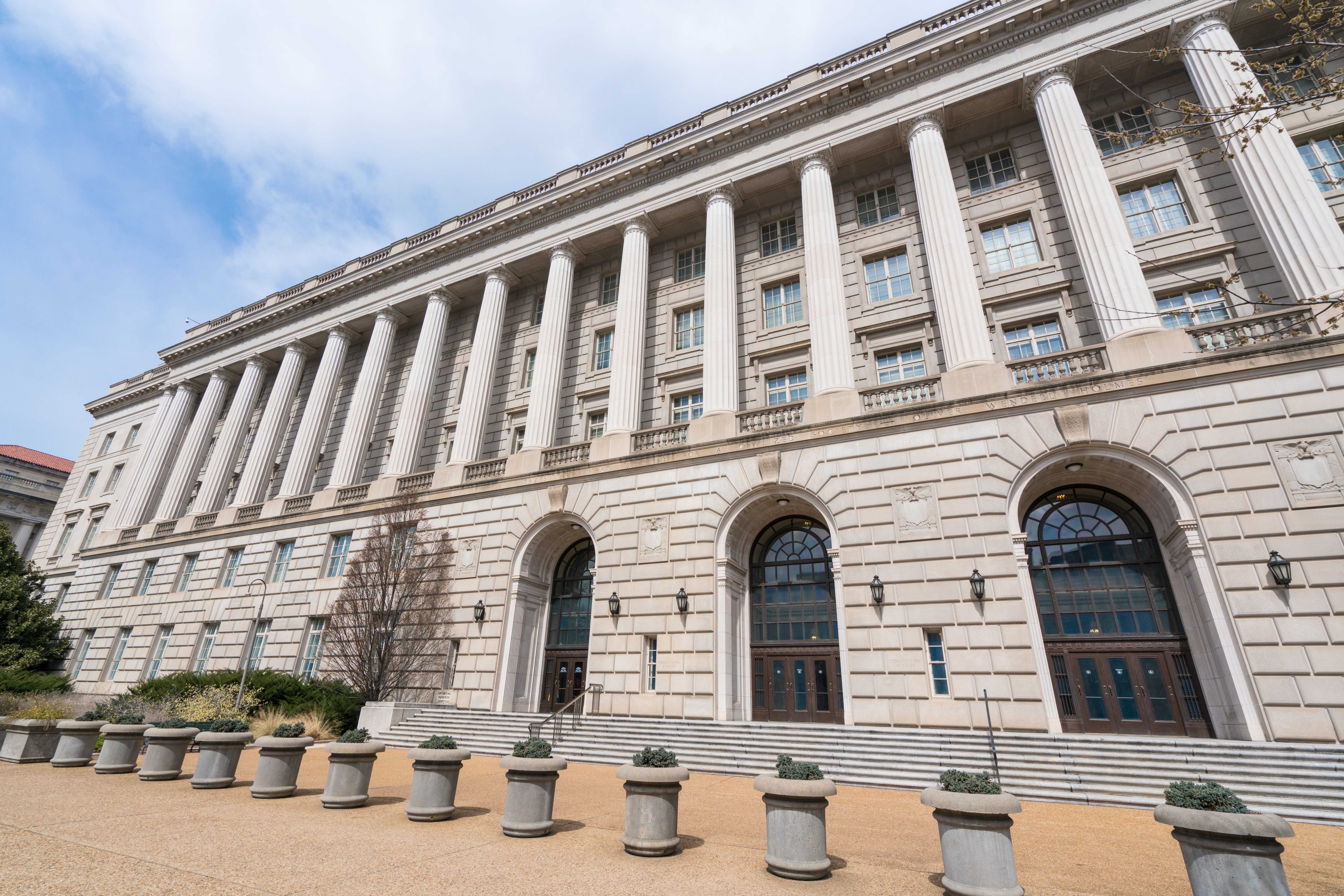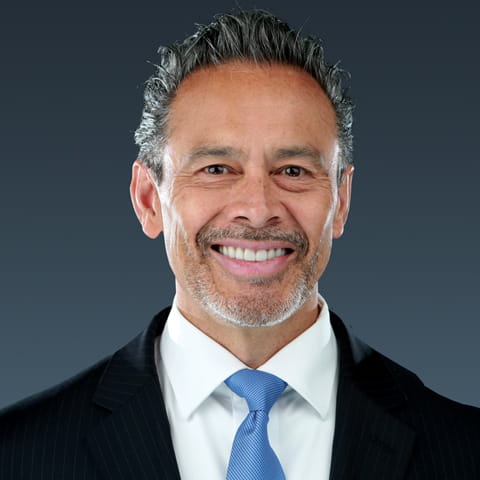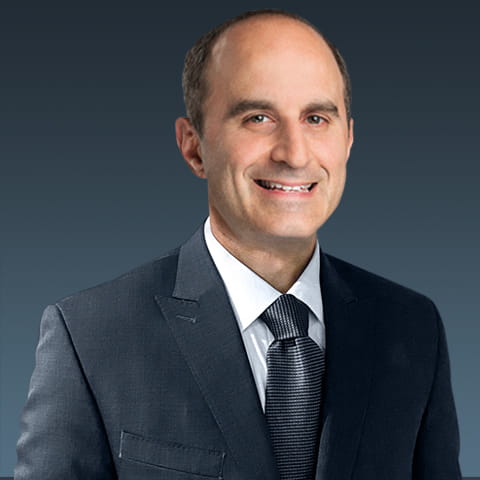LOOKING AHEAD
What’s next for my business?


Webinar: Building a Strong Foundation Amid Uncertainty
Proposed tariffs on specific countries and materials will have implications for businesses throughout the supply chain: increased material costs (driving up overall costs), shortages, shifts in demand. They might also impact valuations, as higher costs would increase pressure on profitability. Companies can boost their resilience against these impacts by understanding, optimizing, and diversifying their supply chain, and maintaining close communication with suppliers and stakeholders..
Learn more:
• Tariffs: Manufacturers’ steps to resilience
• Tariffs: How construction contractors can stay prepared
• Understanding transfer pricing and new U.S. tariffs on goods importation

Amid evolving news of cuts or pauses to federal funding and programs, it remains prudent for government contractors and grant recipients to consider their funding sources and prepare to weather any changes. It will be important to understand your funding terms – your options and obligations, and how to handle a potential termination – and to carefully manage cash flow.
Learn more:
• Navigating federal funding uncertainty: What to consider
• Federal Market Tips: Navigating today’s government grants and contracts
• Stop-work and termination considerations
• Termination of government grants and contracts: Maintain compliance, mitigate costs

Rapid change, coupled with uncertainty, can impact an organization’s ability to fully execute its strategic plans. And yet: A changing environment is not inherently negative. Those who understand the impacts of these evolving market forces have an opportunity to not only adapt to this environment, but overall rethink their operations and make strategic investments that mitigate risk and drive future growth.
Learn more:
• Fast forward with AI insights: Business roadmap and trends
• Financial reporting: Accounting for impacts of federal funding changes, tariffs
• At the Forefront: C-Suite priorities for value, resilience, and performance
• How to prepare for – and thrive through – a changing environment

As our Tax team will be exploring, the change in administration poses many questions around taxation. What will be the fate of the tax provisions from the 2017 Tax Cuts and Jobs Act (TCJA)? How could business deductions change? International policies? While much has yet to be determined, campaign discussions offer some clues as to what may be ahead. We continue to monitor for updates.
Learn more:
• Navigating tax changes: Insights for your business and personal wealth
• Tax outlook: Legislative considerations

The private equity and M&A dealmaking market has been experiencing some headwinds amid increased levels of uncertainty and a possibly higher cost of doing business across international borders. As tariffs continue to evolve, PE firms must evaluate their impact on both their current portfolio companies and potential acquisitions. It will be critical to control expenses and create value, such as by optimizing supply chains and cost structures.
We may still see tailwinds favoring dealmaking, such as a reduced emphasis on regulation – likely leading to lower regulatory compliance costs – and/or more favorable tax policies for PE firms and their portfolio companies. But until more certainty returns to the markets, dealmakers should move with thoughtful caution.
Learn more:
• The ripple effects of decreased deal and exit activity for private equity
• Private Equity’s Sprint to Value Creation
• Selling the business: Preparing to be transaction-ready
• Navigating 2025 for investors: Tax cuts, regulatory changes, and market dynamics
• Alternative investment funds: 2025 regulatory, economic, and fundraising outlook

Contact Details
Contact
Let’s start a conversation about your company’s strategic goals and vision for the future.
Please fill all required fields*
Please verify your information and check to see if all require fields have been filled in.
Related services
Our solutions are tailored to each client’s strategic business drivers, technologies, corporate structure, and culture.

















